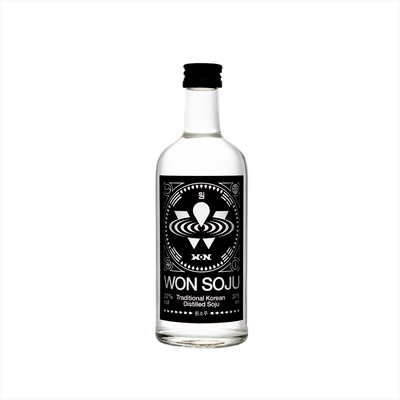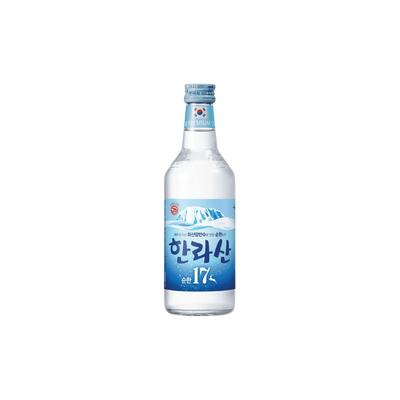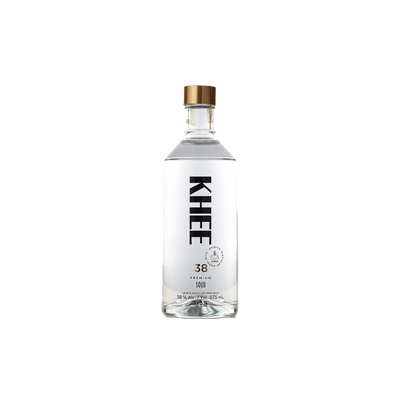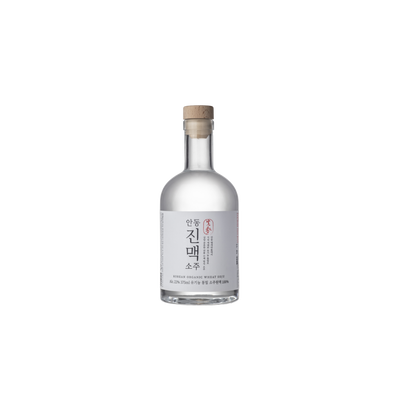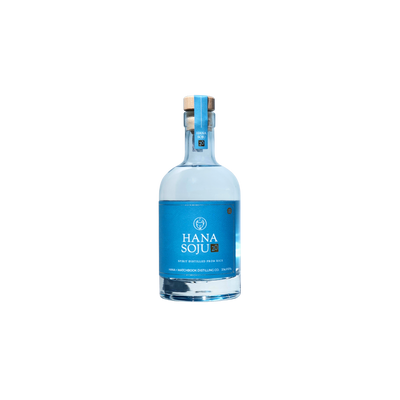Soju
What is Soju?
Soju is a Korean distilled spirit that falls under the category of Other Specialty alcohols, traditionally made from rice but now commonly produced using sweet potatoes, wheat, or other starches. This clear, neutral-tasting spirit typically ranges from 16-25% alcohol by volume, making it lighter than most Western spirits but stronger than wine. What defines soju is its clean, slightly sweet character with a smooth finish that makes it incredibly versatile for both sipping neat and mixing in cocktails.
Learn More About Soju
What makes Soju unique?
Soju stands apart from other specialty spirits through its incredibly clean, neutral flavor profile that's achieved by multiple distillations, making it smoother and more approachable than vodka while maintaining enough character to shine in cocktails. Unlike most spirits that rely on barrel aging or botanical infusions for complexity, soju's appeal lies in its purity and versatility – it can be sipped neat, mixed with beer, or used as a cocktail base without overpowering other ingredients. This Korean spirit also boasts a lower alcohol content than most distilled spirits, typically ranging from 16-25% ABV, which makes it perfect for casual drinking and explains why it's become the world's best-selling spirit by volume.
How is Soju made?
Soju starts with a base of rice, sweet potatoes, or other starches that get fermented and then distilled, traditionally in a single pass through copper stills. Modern commercial producers often dilute the high-proof distillate back down to drinking strength with water, creating that clean, neutral character most people know. Some premium versions skip the dilution step and use multiple distillations to achieve smoothness naturally, which gives you those pricier bottles with more complex flavors.
How do you drink Soju?
Soju is traditionally consumed neat and ice-cold, served in small shot glasses and shared among friends during meals or social gatherings. While purists prefer it straight, soju works wonderfully in cocktails—particularly light, refreshing drinks like soju sours, Korean-inspired mojitos, or mixed with beer in the popular "somaek" combination. The spirit's clean, neutral profile makes it perfect for summer sipping and pairs beautifully with Korean barbecue, though its approachable nature means it fits comfortably into any season when you want something crisp and social.
How do I choose a good Soju?
Start by checking the alcohol content—traditional soju sits around 16-25% ABV, while flavored versions typically clock in lower at 12-14%. For cocktails, grab a clean, unflavored soju like Jinro or Chamisul if you want the spirit to blend seamlessly with other ingredients, but opt for fruit-flavored varieties like peach or green grape when you're making simple mixed drinks where the soju flavor takes center stage. The price difference between premium and standard soju is usually minimal, so don't overthink it—even the basic bottles deliver that smooth, clean character that makes soju such a versatile mixer.
Nutritional Information
Typical Calorie Range per Ounce: 20-24 calories
Typical Carbohydrate Range per Ounce: 0-1 grams
Typical Sugar Range per Ounce: 0-0.5 grams
Typically Gluten Free: Yes
Traditional soju made from rice, sweet potatoes, or other starches is generally gluten-free, but some modern variations may contain wheat or barley. Always check the specific product label and manufacturing details to confirm gluten-free status, especially if you have celiac disease or gluten sensitivity.
Scrolled this far? Your reward? Soju Trivia!
- Soju was once made from rice, but World War II changed everything. Traditional soju used rice as its base until the Korean War created massive food shortages. The government banned rice-based alcohol production to preserve grain for eating, forcing distillers to switch to sweet potatoes, then later to cheaper alternatives like tapioca and corn. Most mass-market soju today still uses these substitute ingredients, which is why premium "traditional" soju made from rice costs significantly more.
- North and South Korea produce completely different styles of soju. While South Korean soju is typically diluted to around 16-25% ABV and sweetened, North Korean soju maintains the traditional higher proof at 30-40% ABV with no added sweeteners. The North Korean version tastes much closer to what soju was like centuries ago – stronger, cleaner, and more vodka-like in character.
- Soju is the world's best-selling spirit by volume, outselling vodka by a massive margin. Jinro soju alone sells over 86 million cases annually – that's more than the top three vodka brands combined. Yet most Americans have never heard of it because nearly all consumption happens in Korea, where the average adult drinks about 90 bottles per year.
- The green bottle isn't just branding – it was designed to prevent light damage. Soju's signature green glass blocks harmful UV rays that can break down the alcohol and create off-flavors. The bottles are also intentionally thick and heavy to withstand Korea's intense drinking culture, where bottles get passed around tables and occasionally used for impromptu percussion during late-night karaoke sessions.
- There's a specific Korean drinking etiquette that makes sharing soju bottles almost ceremonial. You never pour your own drink – always serve others first. When someone older pours for you, you hold your glass with both hands and turn your head slightly away when drinking as a sign of respect. Breaking these rules isn't just rude; it's considered deeply offensive in Korean business and social settings.
Higher-proof spirits can be intense. Mix carefully, taste thoughtfully, and enjoy responsibly.
Gift message (optional)

